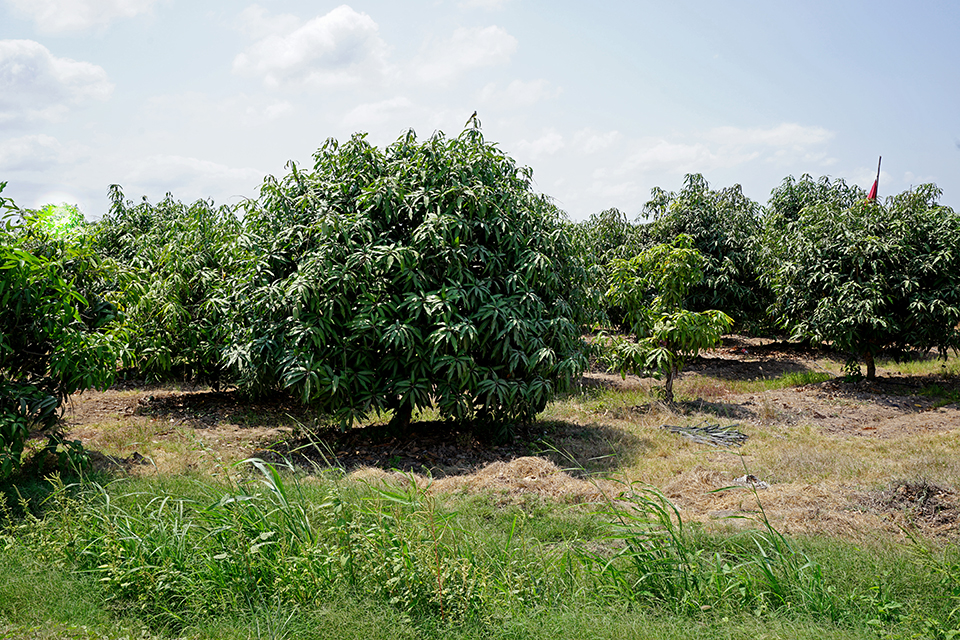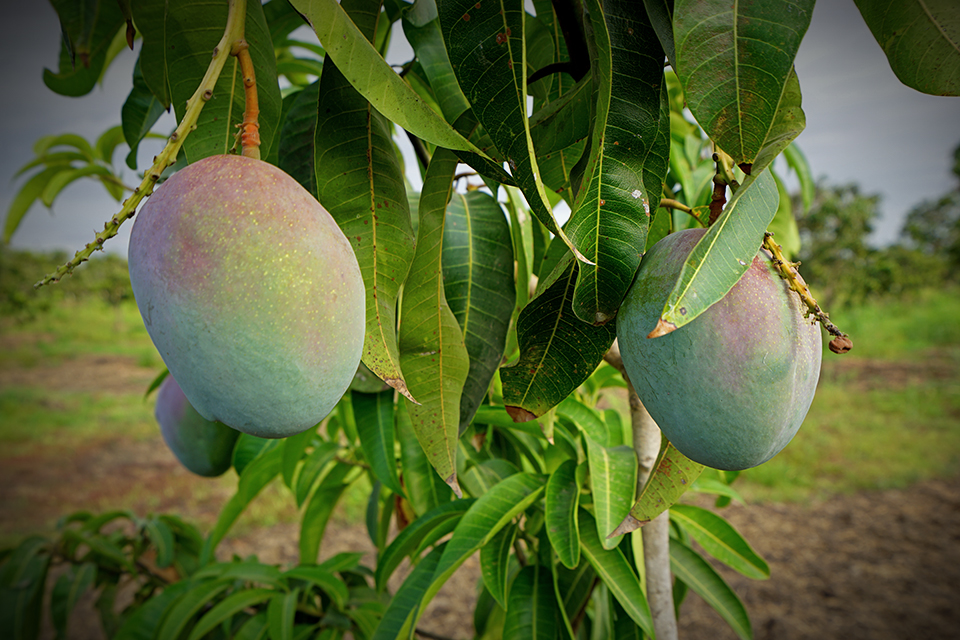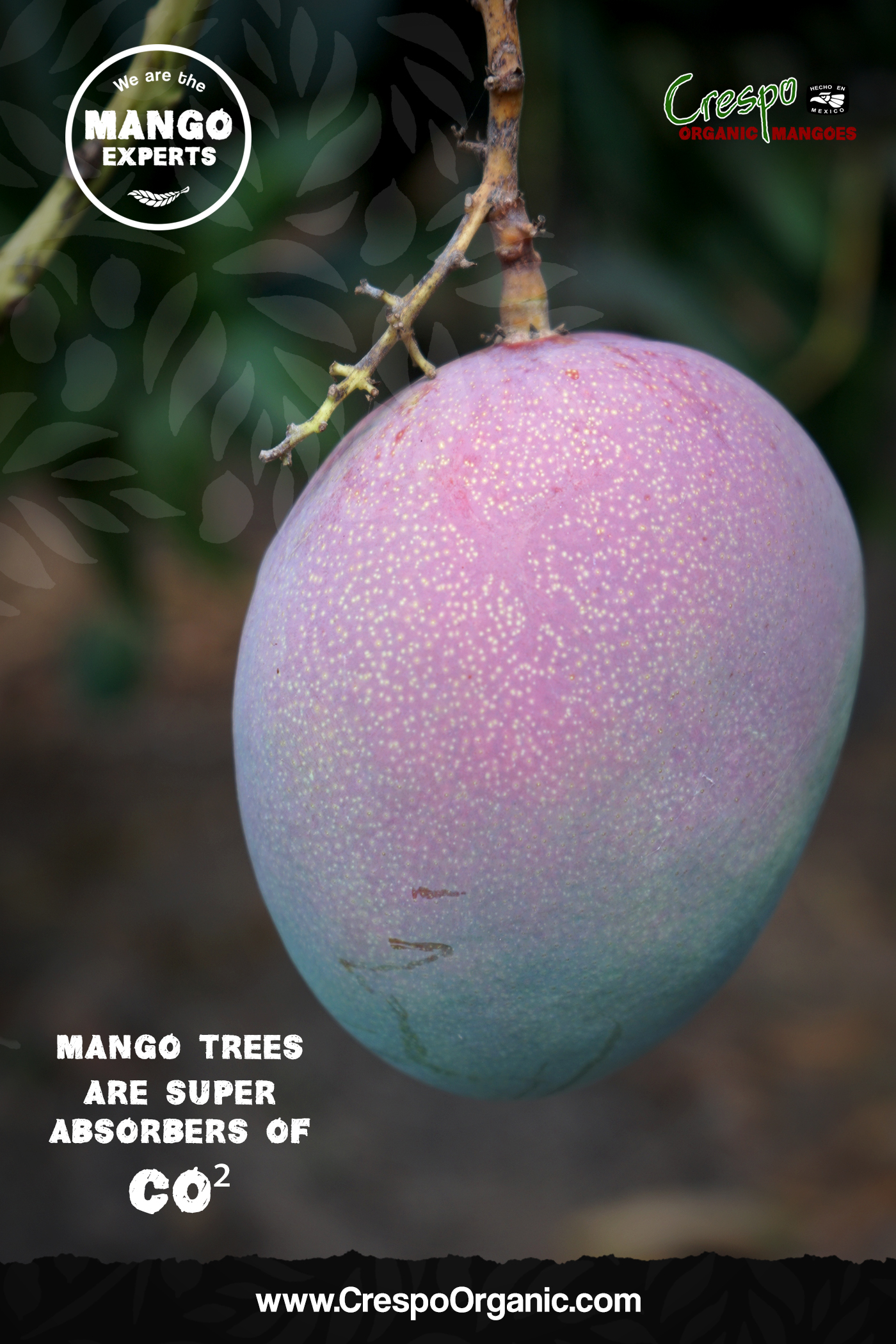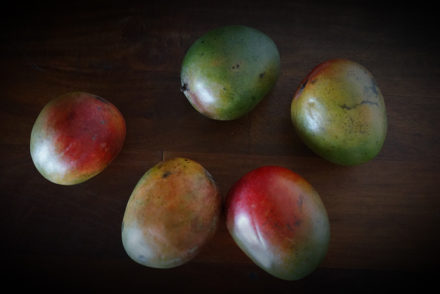Nature gives us a green deal in mangoes
The business of growing food for the American and Canadian markets in Mexico can often seem, and often times is, a strain on the environment. Regardless of whether your climate change viewpoints fall right, left or center, we could all agree that the unpredictable nature of weather affects us all. As more and more people around the globe lean more towards believing in climate change, more resources are shifted into its science and studies, and with that comes not only solutions but simple information that can sometimes surprise us all.
New studies are continuing to emerge leading to conclusions that mango orchards can help mitigate climate change.
It’s really no different to the nutritional aspect of mangoes. As more and more people get interested in nutrition, more are studying it. We’ve noticed that as the nutritional studies come to light on mangoes, they continue to gain a respectable and global reputation as a SUPERFOOD.
Now we are also discovering the mango tree (Mangifera) is a SUPERTREE. Scientists are studying global production and proving that mangoes have a solid scientific foundation for being good against climate change, contrary to the belief that all food that travels far is bad. Additionally, since the commodity has significant economic impact in both rural and developed communities all over the globe, more scientists are touting this crop for its potential to do good rather than harm. That’s not something we often hear these days, and I found it rather fascinating when I learned more about it (only last year, by the way) while doing some general mango research to keep me in the know.
One of the studies that pertains to us (Mexican products and American markets) is the one carried out by the Mango Board on the sustainability of Mexican mangoes. The Mango Board commissioned the study in conjunction with the Common Fields, a sustainability consulting service (you can find the full sustainability assessment here). Mexico is the largest mango exporter in the world; it’s important to note that India produces more, but they also consume more internally. The overall findings of the Mango Board mimic what most research has already found, regardless of whether it’s been studied in India, the Philippines, or anywhere.
A few things are important to note in the overall research, the Mango Board is obviously providing funding, thus their findings are mango-centered and their research studied Mexico only. Most of the other findings throughout the world have concluded that several different types of fruit trees have the same carbon-neutral or negative carbon effects. What is clear is that the global economic potential of mangoes is among the highest of all the fruit trees studied. This shouldn’t be surprising as it is the King of Fuit!
The commission and study was, however, not done specifically with organic mangoes in mind, and most studies done on Organic vs Conventional greenhouse gas production show that conventional farming methods produce substantially more carbon emissions; but again, this is also highly contested science and oftentimes we see the results leaning towards the funding source.
Most scientific studies do find that organic production is more profitable for farmers and more advantageous to the environment – for long and short term. Where the science becomes “fuzzier” is on the bottom line of sellers and the price to consumers; this is what a lot of proponents of “greener futures” argue: we are placing too much weight on the bottom line and not considering the catastrophic economic effects down the road, most citing that they will surely equal higher costs. This is what the actual debate boils down to in the end.
Ideally, we want more research and, even more ideally, the unbiased kind. I think it’s extremely important that we also take a closer look at the communities in which these foods are grown when contemplating the sustainability of each item, as not all items are created equal. This has been rather apparent in the consumer demand of the youth (“Millennials”), as they learn more about food production. Millennials are “more Green” than their parents’ generation and make a lot of purchasing decisions based on the benefits (or lack thereof) to the environment. Remember it’s also the Millennials who are driving those huge growth numbers we see and enjoy on the organic side of produce; so regardless of belief in terms of climate change, green sustainable products are the wave we are currently riding; most science also shows this wave to be the right motion forward.
Many organizations are currently in the process of further studies on mango trees and carbon sequestration, including the United Nations Division of Food and Agriculture. Many new findings are expected to be concluded and released throughout the next several years, and we expect to continue to find out more good news about mango trees and their positive environmental impact, especially when grown organically!
What we know about mango trees and carbon sequestration so far
As mango trees grow, a process of carbon sequestration or carbon uptake occurs. The tree absorbs carbon dioxide from the environment and with it forms the trunk, branches leaves and fruit.
The process of growing, harvesting and shipping mangoes, from the orchard to the retailers, generates greenhouse gases and releases them into the environment. Mangoes use up more carbon than they emit. They are not just carbon-neutral but they have a carbon negative footprint. Mango trees are super absorbers of CO²; Mexican mango trees absorb significantly more greenhouse gases than is created in the production/shipping process, making them a positive crop to combat climate change.
New research shows that Mexican mangoes from Nayarit and Sinaloa sequester two and half times the amount of carbon that is emitted during the growing, harvesting and shipping process. From Chiapas, that number is seven times greater. Many Indian studies show that the yellow varietals sequester more, so assumptions could point to the significant Ataulfo production in Chiapas.
Climate change is a major global concern due to the massive emissions of greenhouse gases into the environment. Mango trees are beginning to get more accolades with scientists because of the mitigating power they have in carbon sequestration.
A Mexican mango tree produces tasty fruit for us to eat, while it absorbs more carbon dioxide than it omits in the entire production and logistic process. It produces oxygen and supports the livelihoods of many workers. Organic Mexican mangoes help not only keep hazardous toxins out of our food source, but also out of and away from the community members at the source growing the food, allowing for better overall soil health – which also sequesters carbons and keeps the earth healthy and productive for the livelihoods for the community.
What’s the Mexican organic mangoes global footprint?
You can’t see it…….. and that’s a good thing.











No Comments